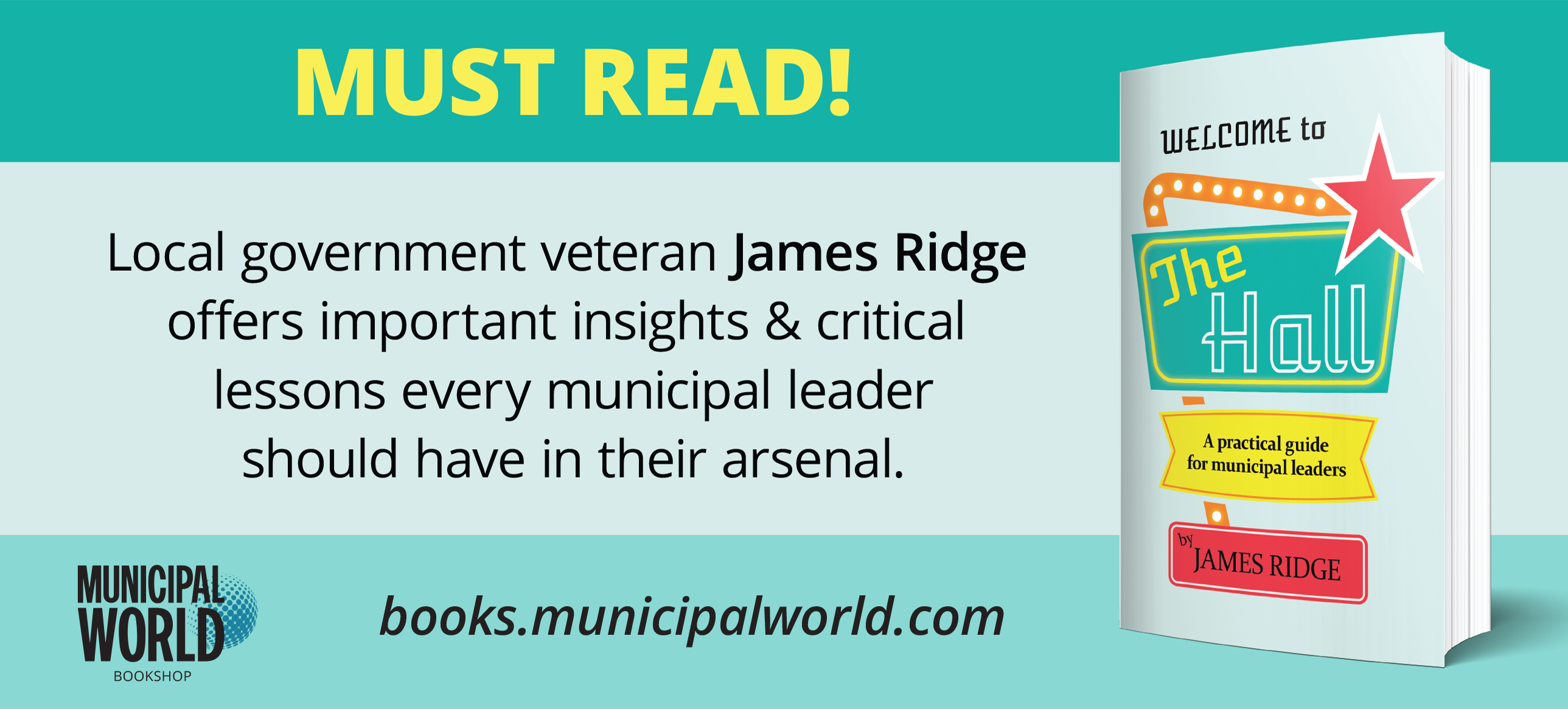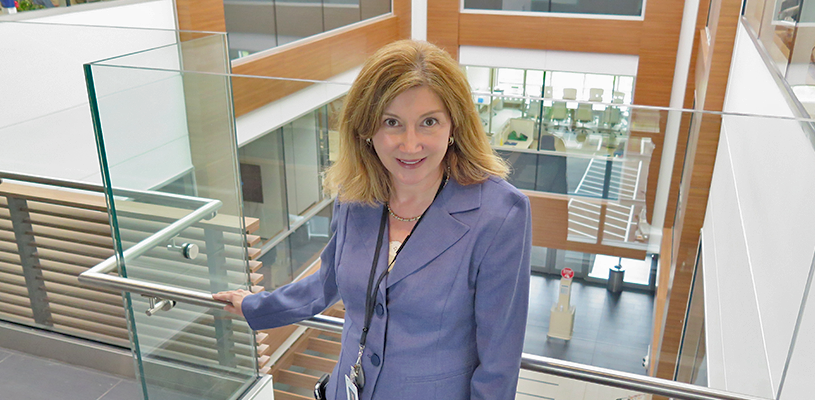Thinking big and the importance of visionary leadership

Whether you’re a city manager or an intern just starting out, being curious and asking the right questions can help make good things happen
Local governments today are asking their staff to think big, focus on the horizon, and encourage bold leadership and visionary thinking. This is more important than ever as aspirational problem solving receives a greater push.
The idea of thinking big is an everyday focal point at the City of Fort Collins, Colorado. During the 2020 ICMA virtual conference, City Manager Darin Atteberry and Deputy Director, Information & Employee Services Tyler Marr spoke with delegates about what they describe as the four primary components of thinking big.
“I think what the literature says, and what we all know from experience, is that thinking big actually only works as an organization when we’re able to do that as an organization,” Marr said. “It can’t just come from one person.”
Thinking Big is for Everyone
The first component is knowing that thinking big is for everyone. It’s not just for an executive. It isn’t just for someone who’s got 20-plus years of experience under their belts. And it isn’t for the creative types in an organization. The concept is key for everyone.
The big message, Marr said, is that it doesn’t matter if someone is sitting in the city manager seat, or if they’re an intern starting out. Everyone has a responsibility to think big and ask powerful questions that are going to advance your organization. The other thing is that there are resources available to help everyone do that, no matter who they are.
“The number one reason that visionary leadership efforts fail is because middle managers actually aren’t thinking in a big way or aligned with their leader’s vision,” Marr said. “I think no matter where we are in the organization, it actually is incumbent upon us to make sure that we’re thinking big ourselves and encouraging those around us.”
Positions such as city manager or deputy city manager come with some amount of formal authority. But that doesn’t mean those in junior positions should ignore the potential benefits of visionary thinking.
All Organizations Can Think Big
No matter where someone is, no matter the size or scope of their organization, Atteberry and Marr agreed thinking big is possible.
It doesn’t have to be the most well-funded organization, it doesn’t need to be led by a big thinking mayor and city council. The fact of the matter, he explained, is that no matter where you are, big community or small, well-funded or not, it’s all about the organizational context.
“I think I would summarize that by saying that it’s about the small stuff and the big step to it,” Marr said. “It really is both of those things. And we all at various stages of our career and in what our communities are focusing on are working on small stuff and big stuff.”
Atteberry said thinking big isn’t limited to organizations with a greater number of resources. It isn’t limited to organizations with more full-time employees. Marr explained the important thing to remember is that wherever staff go, there’s someone more than likely willing to chat and share ideas.
Who is on the bus?
The next component, as Atteberry put it, is who’s on the bus does indeed matter. It begins with who organizations hire and who are chosen to be on specific teams.
Thinking big is an organization-wide effort. This is particularly true of leaders of other people. It is also true for those people hiring staff who are both enabling thinking big and thinking big themselves.
“Fit does matter. And so at certain levels, we expect our managers to be competent, but are we hiring, just for example, the best engineer to manage engineers, or are we hiring the best people manager to hire engineers?” Marr said. “I do think they’re different questions. Sometimes it might be the same person and oftentimes I hope it is.”
When it comes to hiring staff up and down the organization, Marr said, if there isn’t a good fit, it’s likely obvious to the entire team. It’s important, he said, that thinking big is something that energizes staff. The idea of visionary leadership, he said, needs to be part of the DNA of who they are.
When to Ask Powerful Questions
The final theme is the power of a powerful question. A powerful question, Marr said, is one that when asked makes someone reply, “Hmm, that’s a really good question.” That, he added, “gets all the gears turning.”
Comprehensive planning is an important part of vision. But it is also critical for organizations to leave space for staff to ask powerful questions. That is what gets the wheels turning and can lead to smaller, continuous improvement innovations.
What these questions shouldn’t do, Atteberry said, is be used as gotcha moments. Powerful questions aren’t intended to trap people. They’re intended to get more clarification, further thinking, and build on ideas.
“Powerful questions shouldn’t be trying to demonstrate that you’re the smartest person in the room,” he said. “If you find yourself thinking that you’re always the smartest person in the room, then you have problems. Whether it’s your own confidence in yourself or youth not helping you intervene on the team to add value, I would just share that.”
Curiosity and Intentionality Keys to Success
Curiosity, Atteberry said, speaks to not having all the answers. Early in his career, he recalls thinking that if this city would take his ideas and use them, it would be better off. What he’s learned over the past many years is that he still has good ideas and still gets excited for the work.
But he also knows that ideas are always better, are more responsive, when they involve colleagues and other collaborators.
“Curiosity is a word that I’ve been using a lot over the last few years,” he said. “I think if you get to where you do have all the answers, or you think you do, or maybe you’re not turning over every rock and looking for opportunity and looking for ideas, I don’t know. It doesn’t sound as fun anymore to me.”
Intentionality, Marr said, is important because there is always limited time. Staff need to be intentional about every minute of their day, he explained. This applies in the space of thinking big because it’s so easy to get bogged down in the details everyday challenges.
“If we’re intentional about lifting our head to the horizon, about being curious, asking those hard questions, good things happen in fairly short order,” Marr said.
Thinking Big’s Greatest Obstacle
Author and leadership expert Jim Collins has written extensively on the notion that “good is the enemy of great.” Atteberry said he thinks that often comes into play for many organizations.
However, there is also often a reason for it.
“I want to recognize that there are people in organizations that are so overworked they can’t take on more,” he said. “I think it has to do with, in some cases, complacency. Good enough is good enough. I think workloads right now for local government colleagues … they’re just so full. In some cases, they may not even have the energy to think about what’s next.” MW
✯ Municipal World Insider and Executive Members: You might also be interested in Dr. Neil Bradford and Michelle Baldwin’s article: New forms of civic leadership. Note that you can now access the complete collection of past articles (and more) from your membership dashboard.
Sean Meyer is Senior Content Editor for Municipal World. During his 25-year career in journalism, Meyer has covered municipal politics in several small and medium-sized communities and gained an understanding of the structure and political framework of government.
Related resource materials:



